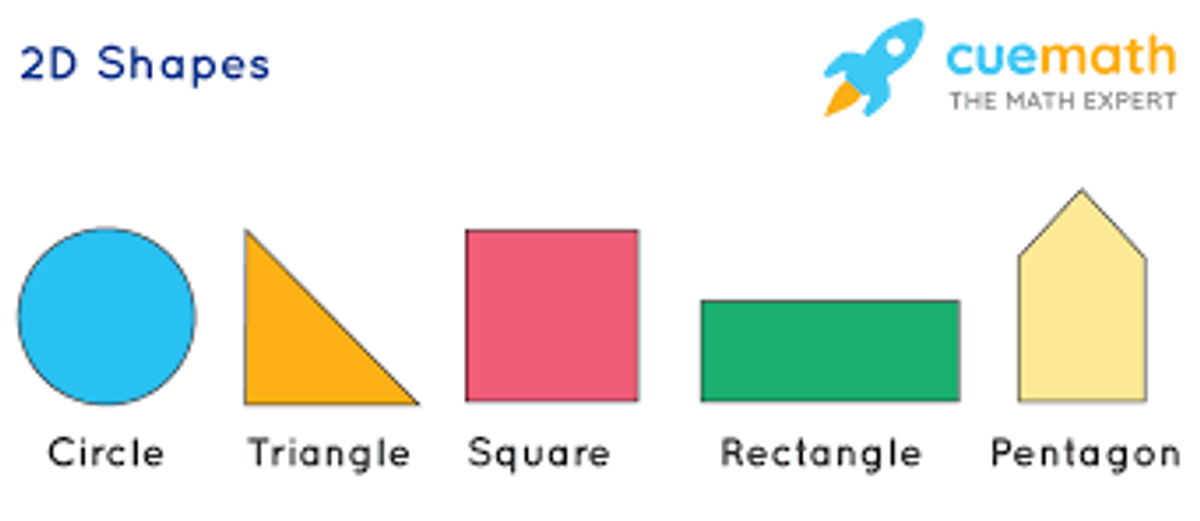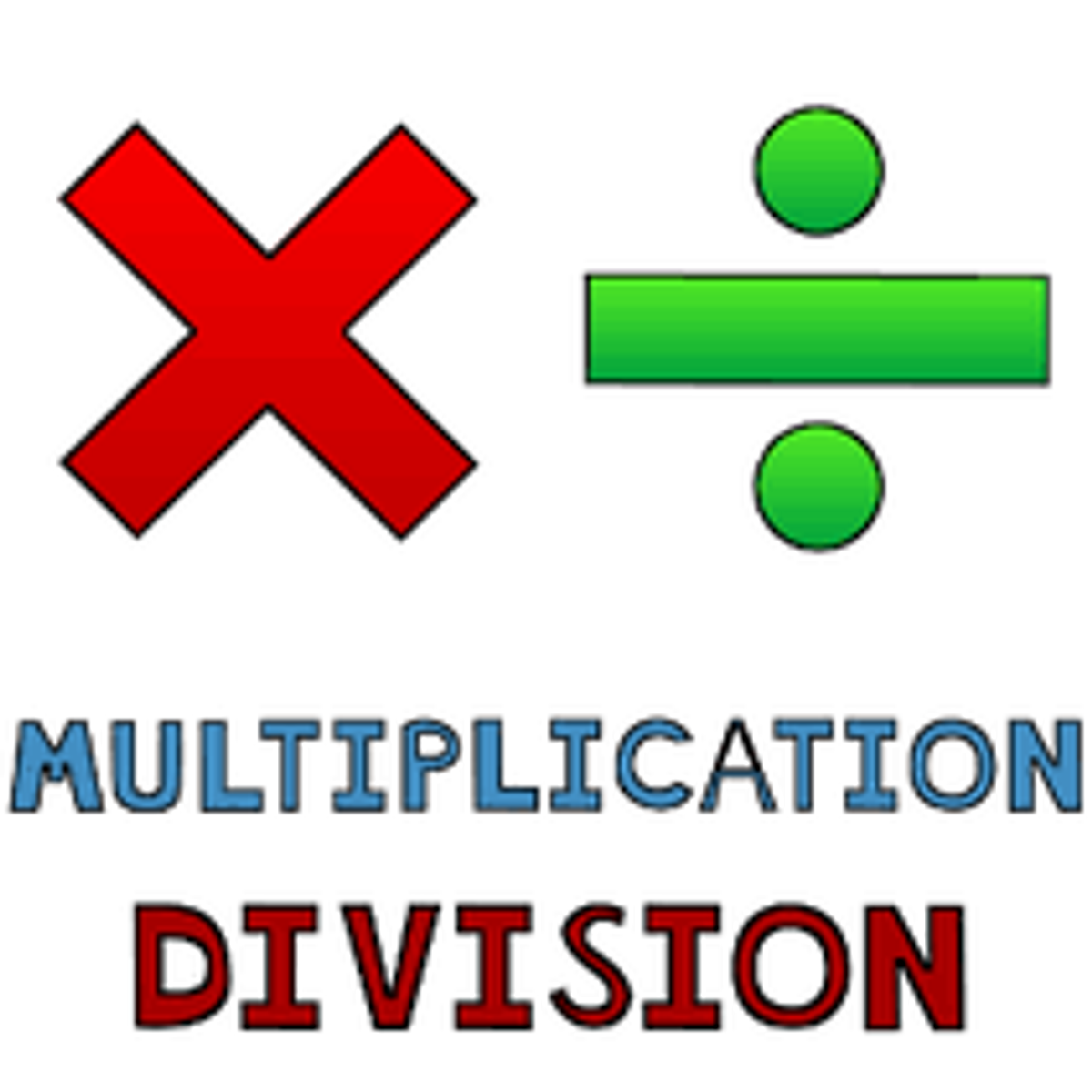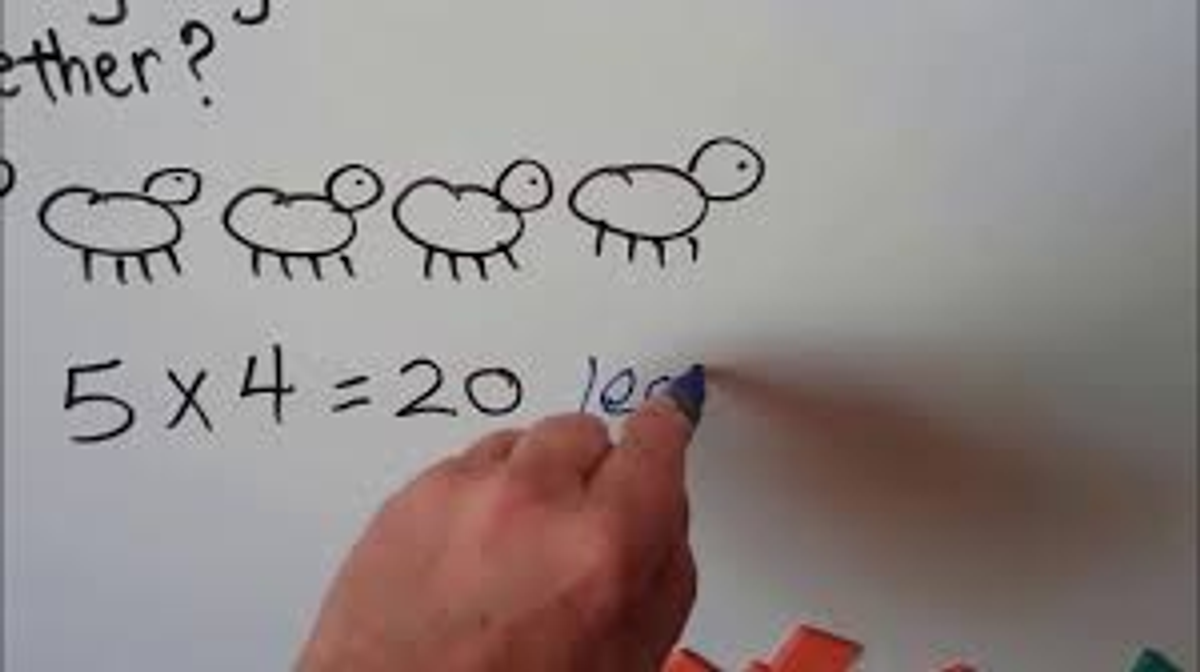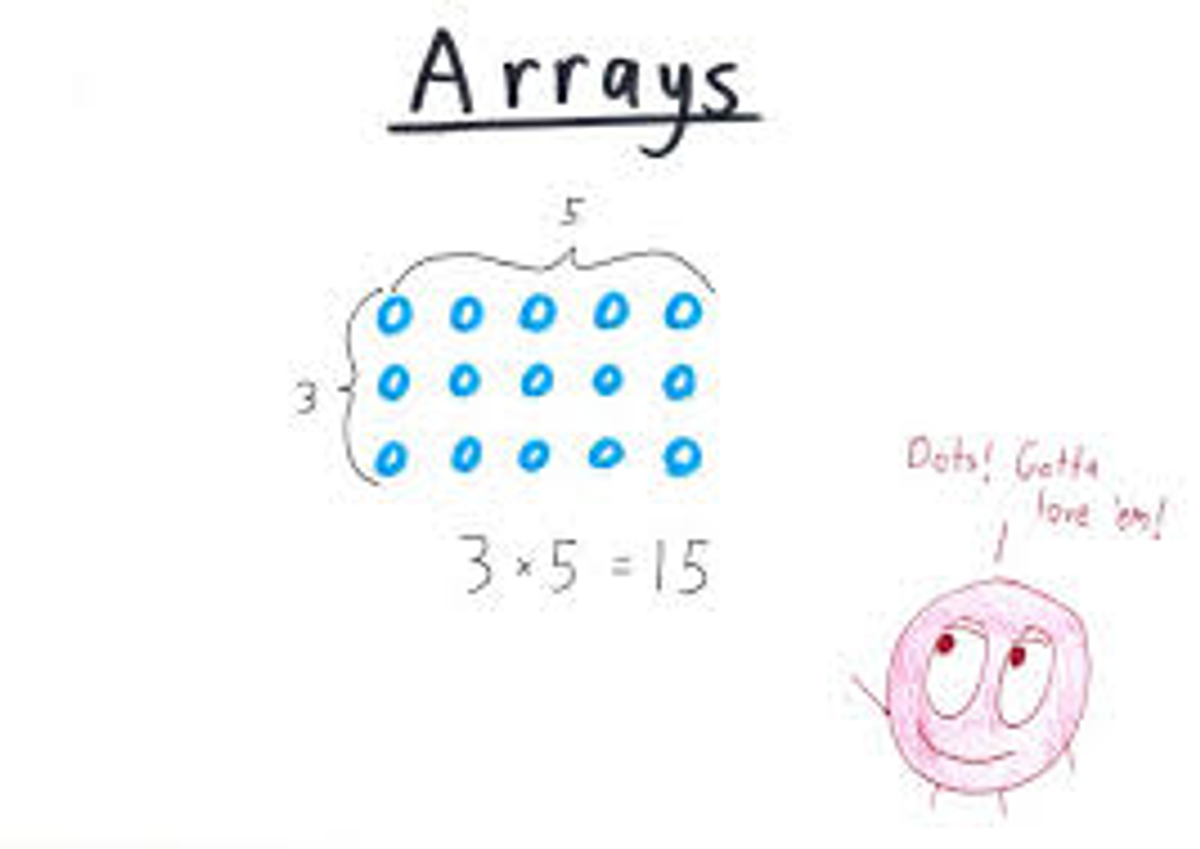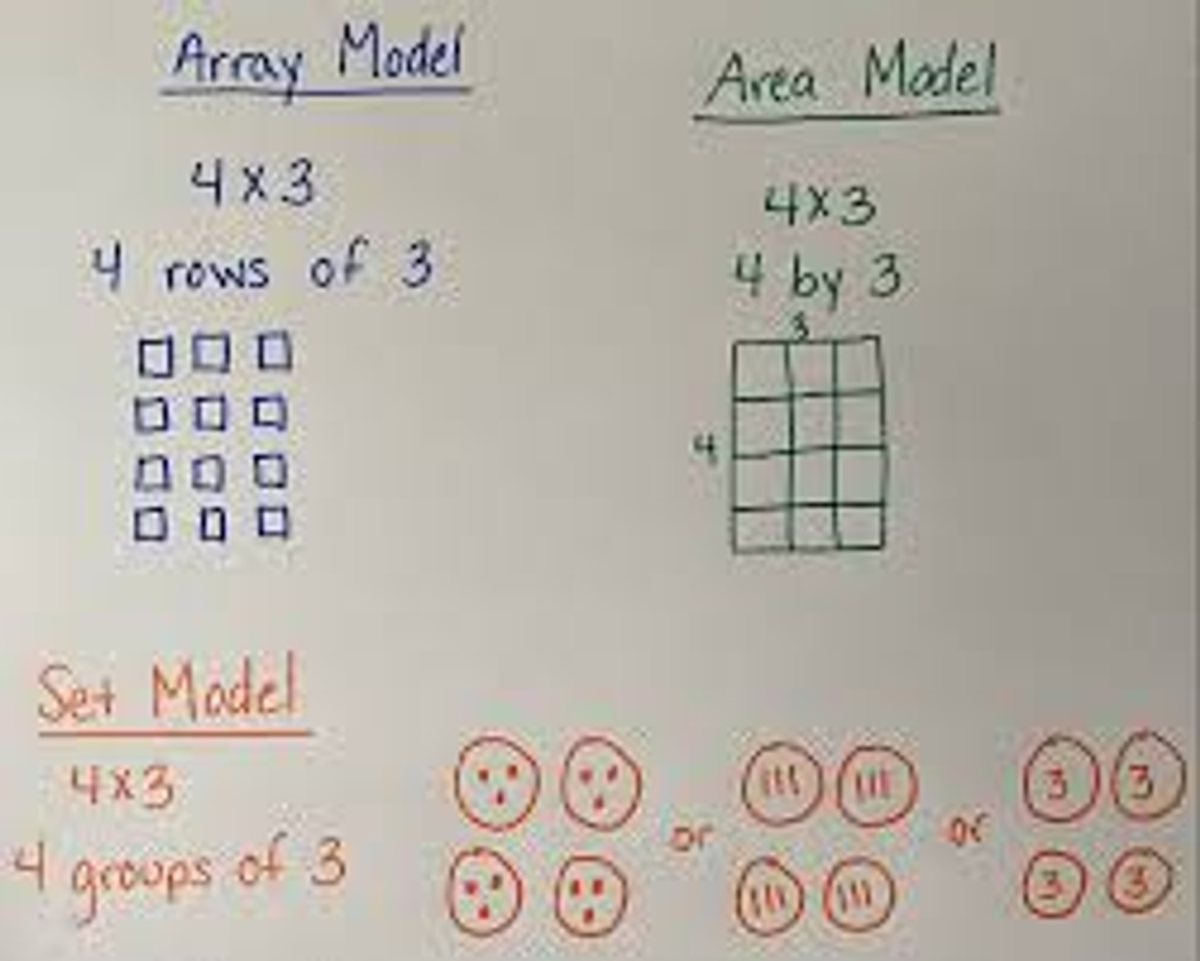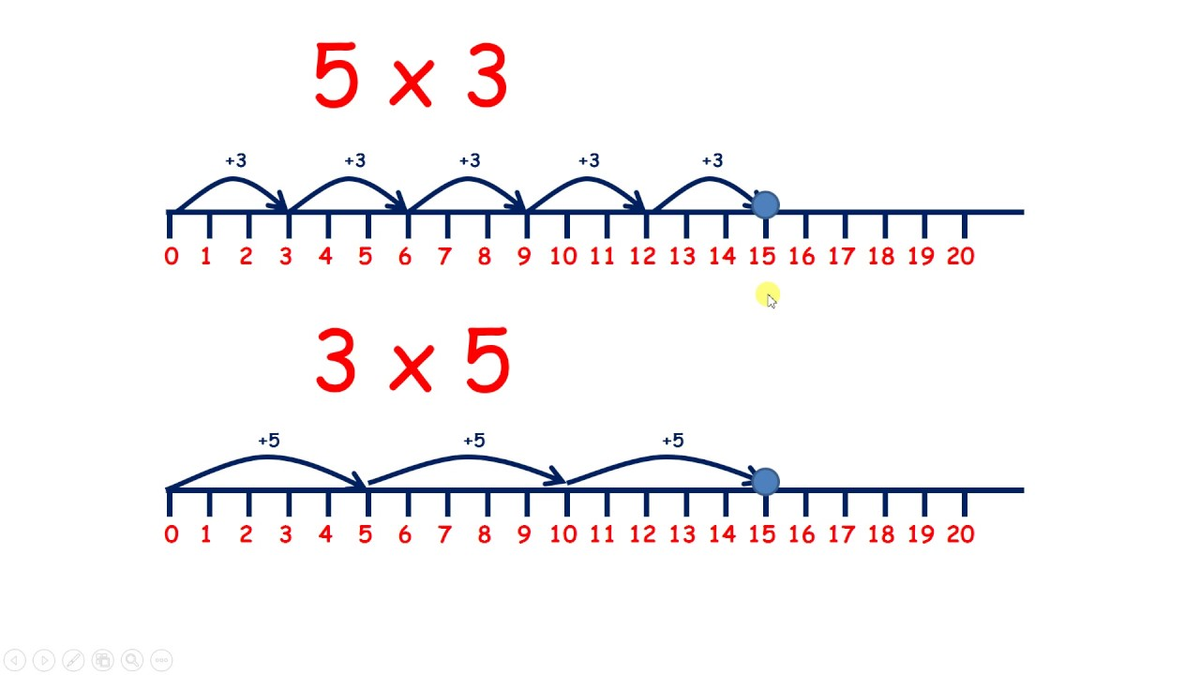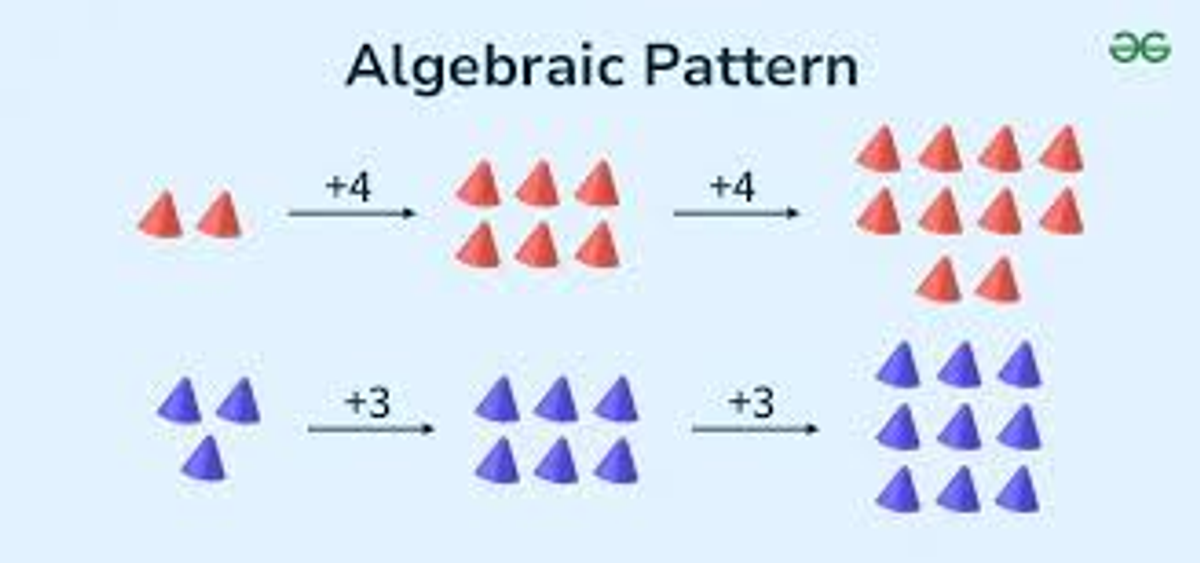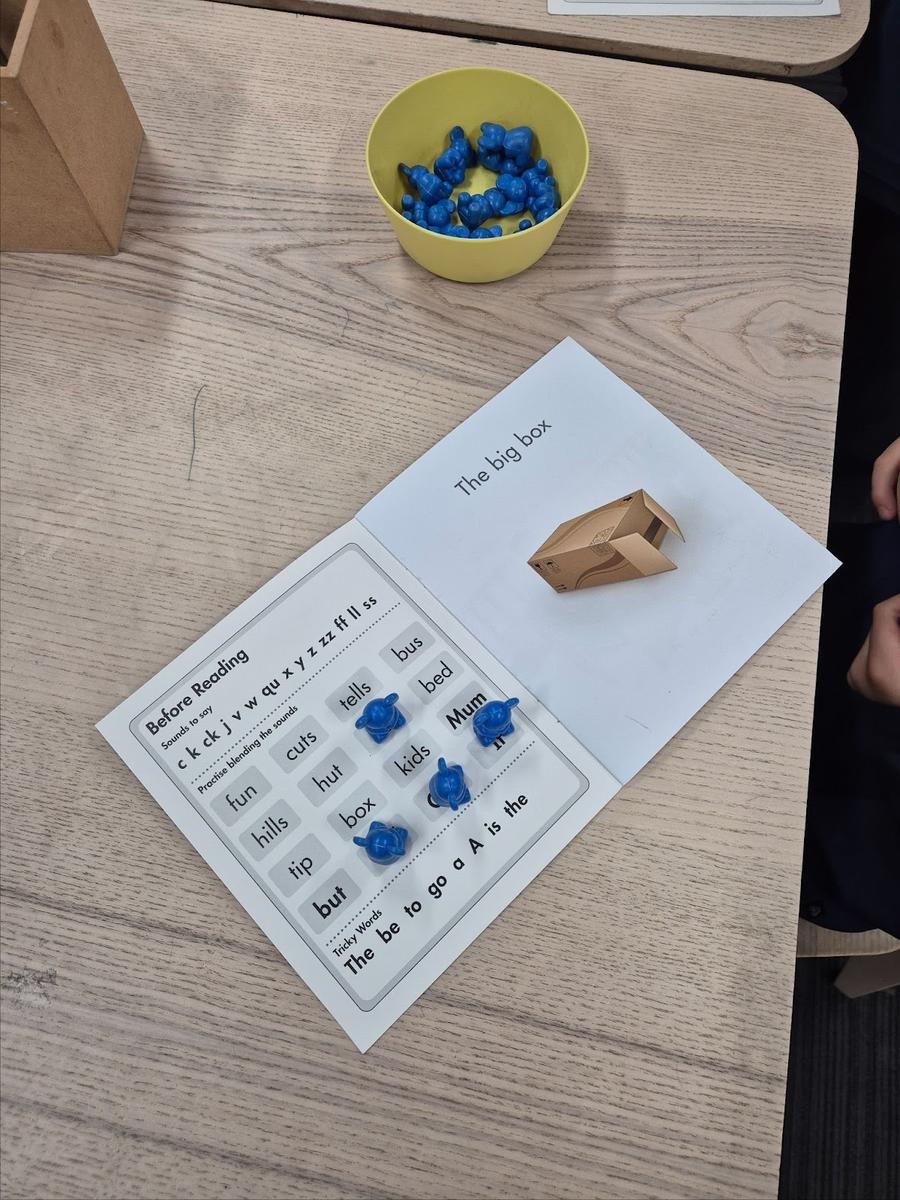Learning & Teaching
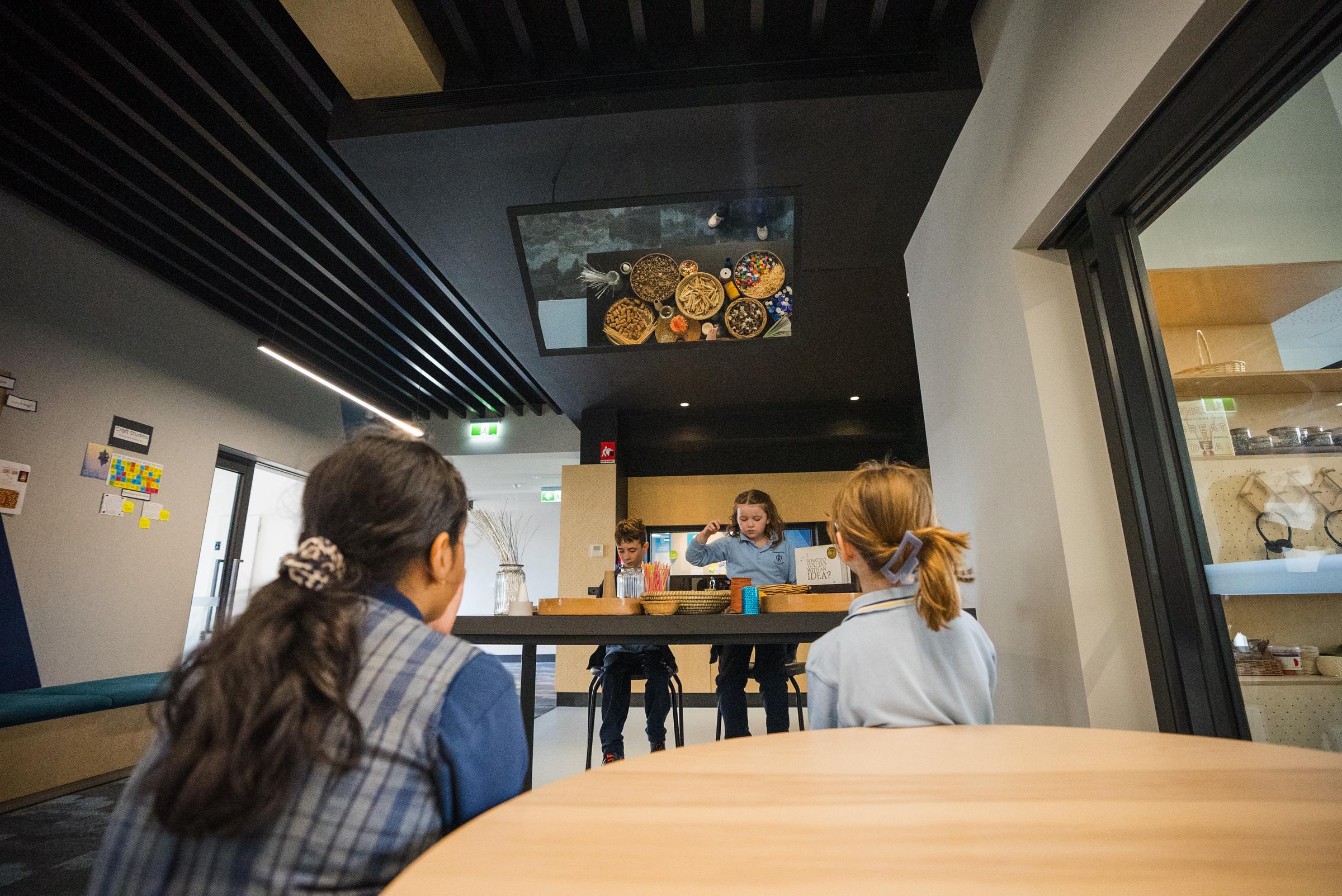
What is happening in Maths…
Learning about Shapes
The children in Prep - 2 are learning about shapes in Maths. They have been exploring both 2D and 3D shapes and objects. Through engaging activities, they have explored the names of shapes and have described their features. From identifying sides, corners, and vertices, faces and edges, our children are building geometric language.
Home Activity:
Shape Hunt
Looking for a fun and interactive way to reinforce shape knowledge at home? Join us in a shape hunt adventure! Encourage your child to explore their surroundings and discover shapes hiding in plain sight. Here are some prompts to get you started:
- Triangles in your house: Can your child spot objects with triangular shapes?
- Things with 6 flat sides in your house: Hunt for hexagons lurking around your home.
- Cylinders in your house: Keep an eye out for cylindrical objects waiting to be found.
- Rectangles in your house: Seek out rectangles adorning various items in your household.
- Things with round edges: Discover the beauty of circles and other curved shapes.
Eye Spy with My Little Eye
Elevate the fun with a classic game of Eye Spy, but with a geometric twist! Challenge your child to spy objects based on shape-related clues. Here are some prompts to kickstart the fun:
- Is round: Can your little detective spot something circular?
- Has more than 3 straight edges: Search for objects with a plethora of straight edges.
- Has 8 corners: Seek out shapes with precisely eight corners.
- Has curved edges: Uncover objects adorned with smooth, curved edges.
- Has flat sides/surfaces: Explore the world of flat surfaces and sides.
In maths the children in Years 3-4 have been learning about multiplication and division. Understanding multiplication lays a crucial foundation for higher mathematical concepts, and there are various strategies the children have been exploring in their hubs that you can reinforce at home.
Multiplication Strategies
Here's a quick guide to the strategies and some tips for practise:
1. Drawing Pictures: Encourage your child to draw pictures to represent multiplication sentences. This visual aid helps them grasp the concept more tangibly.
2. Grouping: Utilise blocks or everyday objects to help your child group items into equal piles. This hands-on approach aids in understanding the concept of equal groups and multiplication as repeated addition.
3. Array: Introduce arrays as a way to visually represent multiplication. By arranging objects in rows and columns, children can see how multiplication works concretely.
4. Number Lines: Number lines aren't just for addition and subtraction! They can also help introduce skip counting, a precursor to multiplication. Encourage your child to count up by the number they're multiplying by, starting from zero.
Years 5-6: Exploring Patterns and Algebra
Our Years 5-6 students are currently learning about Patterns and Algebra. They are using mathematical models to solve a variety of problems, selecting appropriate operations, and incorporating digital tools when needed.
In their exploration of patterns, the children are identifying number patterns, developing rules to create sequences, and applying estimation strategies to ensure accuracy in their solutions. This hands-on approach is helping them build a strong foundation in mathematical reasoning and problem-solving.
Literacy News
Over the last few weeks in Literacy, we have continued our dedicated work on explicitly teaching new concepts in reading and writing to all our children.
We have been deeply exploring non-fiction texts and their unique features. This exploration has directly connected to our current writing unit on ‘Writing to Describe’. Using various mentor texts has been incredibly beneficial, helping our students understand how information needs to be clearly outlined and presented in non-fiction pieces.
For our Prep to Year 2 students, our reading and writing instruction has had a strong focus on building foundational skills in correct grammar and spelling rules.
How You Can Help at Home
Supporting your child's literacy development at home can make a significant difference. Here are some practical ways you can help:
- Practice reading tricky words quickly: Encourage your child to identify and read those challenging words at a faster pace.
- Read to and with your child daily (where possible): Sharing books together is one of the most powerful ways to foster a love of reading and build comprehension skills.
- Read signs in the environment: Point out and read signs when you're out and about – it's a fun way to connect reading to real life.
- Make shopping lists: This simple activity helps children understand the practical application of writing and organization.
- Write diary entries about your day: Encourage your child to jot down their thoughts and experiences, strengthening their writing and reflection skills.
Library News
Our School Library is filled with a vast range of picture books, chapter books and non fiction texts. Your child is free to borrow books that promote their love of reading. When children bring these books home, encourage them to look at the pictures, read to a teddy or read with them.
